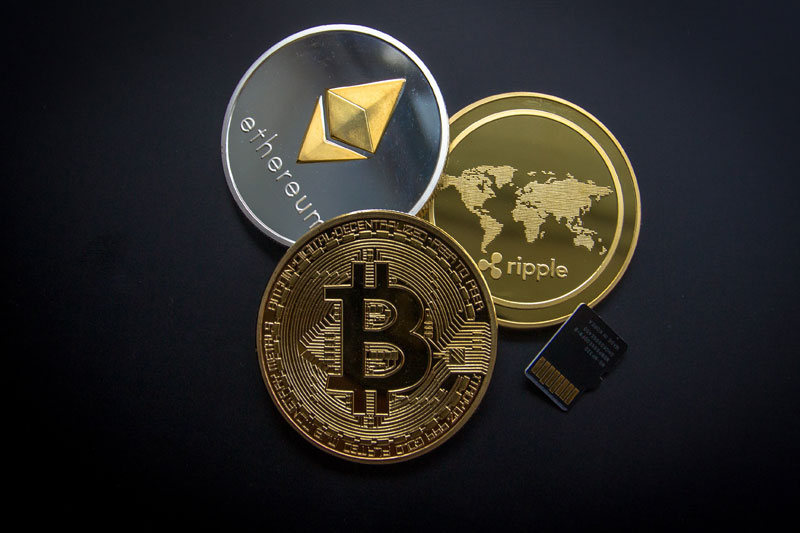China’s factory activity adds to signs of recovery
Stay informed with free updates
Simply sign up to the Chinese economy myFT Digest — delivered directly to your inbox.
China’s factory activity has expanded for the first time in six months in a positive sign for Beijing as the world’s second-largest economy grapples with a deep property slowdown and weak investor confidence.
The National Bureau of Statistics on Sunday said the manufacturing purchasing managers’ index was 50.8 points in March, up from 49.1 in February and the highest in a year, supported by rising export orders. A reading above 50 indicates expansion from the previous month.
But the NBS warned that further state support for industry was needed, with companies suffering from “insufficient market demand”, underlining worries among China’s trading partners that industrial overcapacity could spill over into export markets.
“In March, as companies accelerated their resumption of work and production after the spring festival, market activity increased,” Zhao Qinghe, senior statistician at the National Bureau of Statistics, said in a statement, referring to the weeklong lunar new year holiday in February.
China’s economy has shown signs of stabilisation in recent weeks after mixed signals last year, when Beijing said gross domestic product grew 5.2 per cent despite weak export revenue and property sales.
The Communist party set a growth target of 5 per cent for 2024, the same as last year, at this month’s meeting of China’s rubber-stamp parliament. Analysts said the goal was ambitious and would require increased stimulus support.
But industrial profits in the January-February period hit a 25-month high, according to data released on Wednesday. Economists said this indicated the industrial sector was bottoming out.
Tao Wong, chief China economist at UBS, said the PMI figures indicated that export orders rebounded while domestic activity picked up in the second part of March.
Most of the sub-components of the PMI improved except factory gate prices, “which suggest consumer demand may still be relatively weak”, she said. The sub-component on employment also only showed a small improvement.
Citi said this week it was revising up its full-year estimate for GDP growth in 2024 to 5 per cent from 4.6 per cent, citing recent data and firmer policy responses from the government.
In addition to stronger industrial profits, the bank said exports had beaten expectations, services activity was robust during the lunar new year holiday and capital expenditure and infrastructure investment were solid.
Non-manufacturing PMI, which includes services and construction, was 53 in March, up from 51.4 in February and the highest since the middle of last year.
The signs of stabilisation come after China’s president, Xi Jinping, sought to send a strong signal to foreign investors by meeting US chief executives in Beijing on Wednesday.
In its PMI release on Sunday, the NBS said the indices for new export orders and imports were 51.3 and 50.4, respectively, an increase of five and four points from the previous month.
The bureau said the increase was led by exports of chemical fibre, rubber and plastic products, as well as cars and computer and communications equipment.
The NBS said the PMI results reflected “intense industrial competition and a high proportion of enterprises with insufficient market demand”.
It said policies to boost domestic consumption through large-scale equipment upgrades and consumer goods trade “need to be further detailed and implemented” to provide strong support for manufacturers.
In a research note this week, ING said a continued recovery of manufacturing would contribute to Beijing’s goal of reaching the 2024 growth target, “but more supportive policies are still needed to sustain the momentum and recovery”.
Source link

